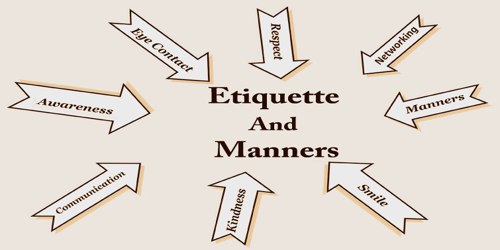Speech is a continuous stream of acoustic impulses, but humans can distinguish words with remarkable precision and rapidity. To determine how this is feasible, a team of linguists examined the lengths of consonants at various positions in words and utterances from a wide range of languages. They discovered that word-initial consonants are around 13 milliseconds longer than their non-initial counterparts. The variety of languages for which this effect was discovered shows that it may be a species-wide pattern, and one of several critical criteria for speech perception to detect the beginning of words within a stream of speech.
Identifying words is one of the most challenging jobs in deciphering spoken language. Nonetheless, humans accomplish so readily, even when languages do not appear to clearly designate where one word finishes and the next begins. Acoustic cues that facilitate this process are poorly understood and understudied in the vast majority of the world’s languages. For the first time, comparative linguists have discovered a pattern of acoustic effects that could serve as a distinguishing feature across languages: the systematic lengthening of consonants at the start of syllables.
At the outset, we expected to find evidence contradicting the hypothesis that word-initial lengthening is a universal linguistic trait. We were quite surprised when we saw the results of our analysis. The results suggest that this phenomenon is indeed common to most of the world’s languages.
Frederic Blum
Researchers from the Max Planck Institute for Evolutionary Anthropology, the CNRS Laboratoire Structure et Dynamique des Langues (SeDyL), the Humboldt Universität zu Berlin and the Leibniz-Centre General Linguistics (ZAS) used data from the novel DoReCo corpus, because it combines two features: Firstly, it covers an unprecedented amount of linguistic and cultural diversity of human speech, containing samples from 51 populations from all inhabited continents. Secondly, it provides precise timing information for each one of the more than one million speech sounds in the corpus.
“The world-wide coverage of DoReCo is crucial for uncovering species-wide patterns in human speech given the immense cross-linguistic diversity of languages,” says senior author Frank Seifart, researcher at CNRS in Paris and HU Berlin and co-editor of DoReCo.

Word-initial consonant lengthening – a potential universal?
“At the outset, we expected to find evidence contradicting the hypothesis that word-initial lengthening is a universal linguistic trait. We were quite surprised when we saw the results of our analysis,” says first author Frederic Blum, a doctoral student at the Max Planck Institute for Evolutionary Anthropology, who initiated and led the study. “The results suggest that this phenomenon is indeed common to most of the world’s languages.” Strong evidence of lengthening was found in 43 of the 51 languages in the sample. The results were inconclusive for the remaining eight languages.
The authors suggest that lengthening may be one of numerous characteristics that assist listeners in identifying word borders and thereby segmenting speech into discrete words, along with other aspects such as articulatory strengthening, which has yet to be thoroughly researched. In the current investigation, some languages also demonstrated a shortening impact following pauses at the beginning of an utterance. This supports the authors’ conclusion that there is no need for additional indications for word boundaries in the presence of pauses.
This research increases our understanding of acoustic processes that are similar to all spoken languages. The researchers think that by focusing on non-WEIRD (Western, European, Industrialized, Rich, and Democratic) languages, we will gain a better understanding of cognitive processes associated to speech that are universal across populations.














